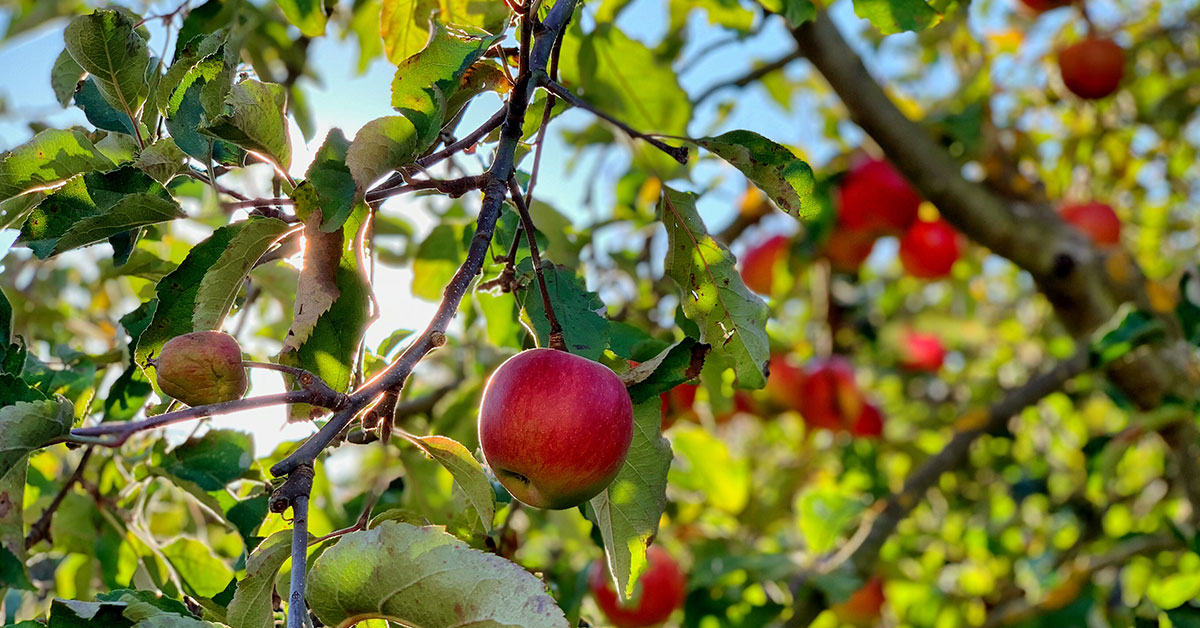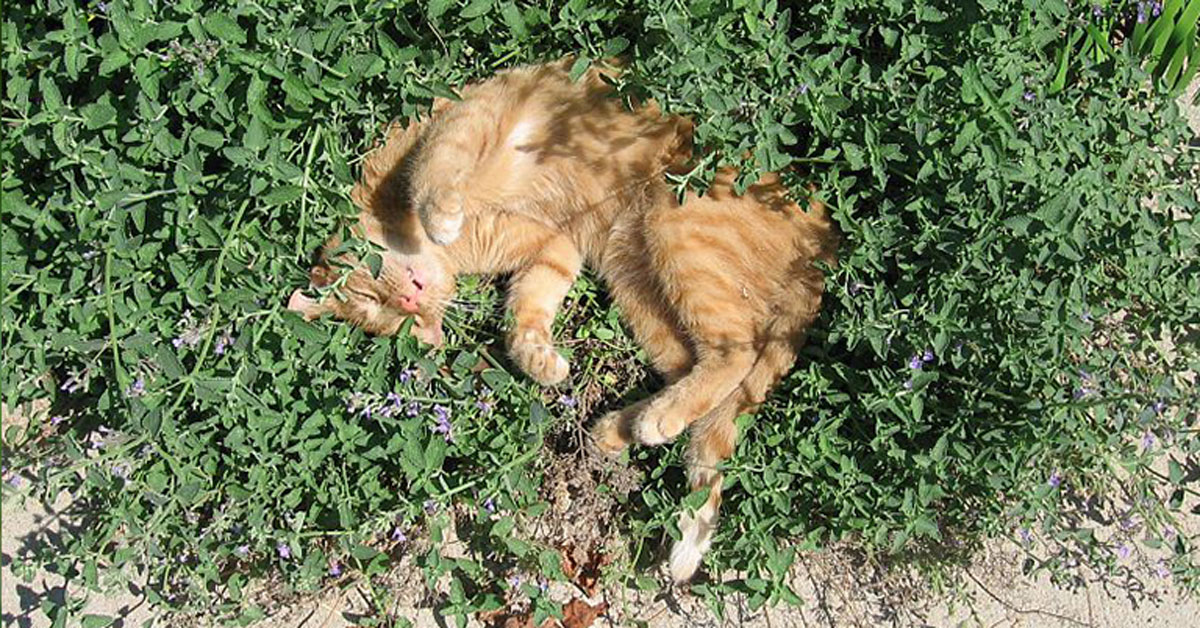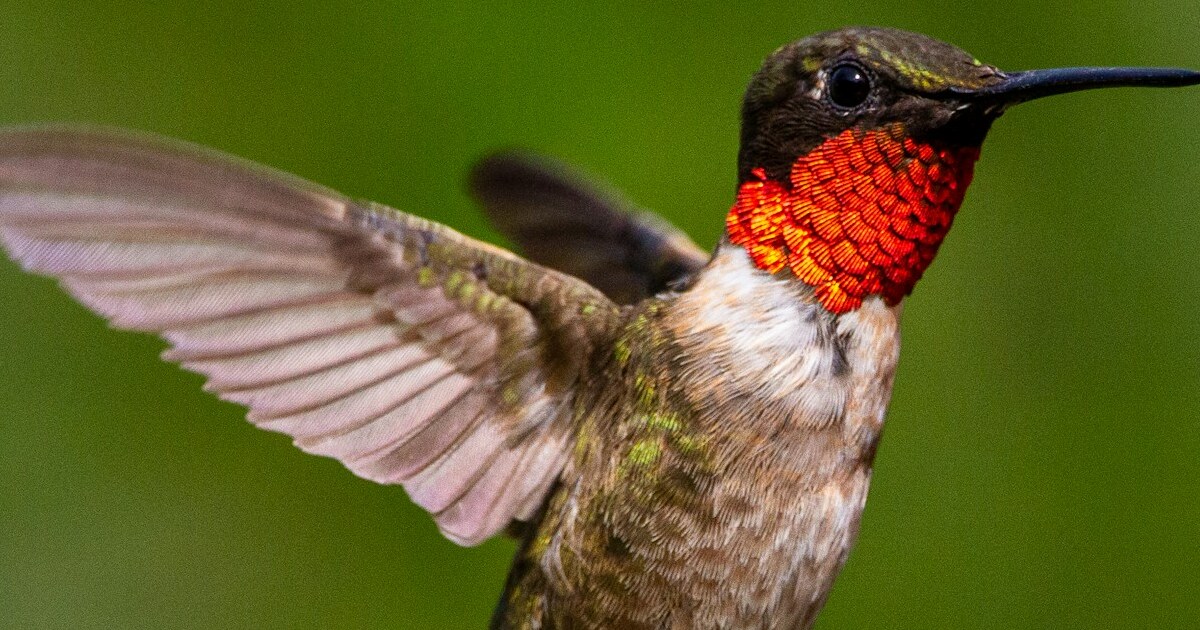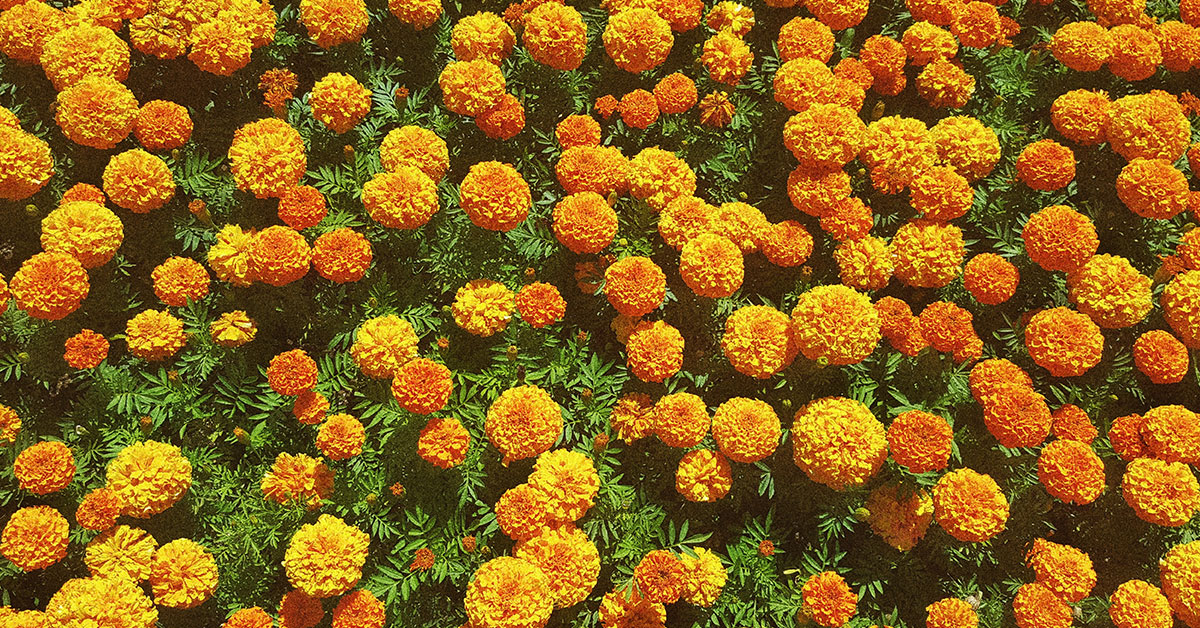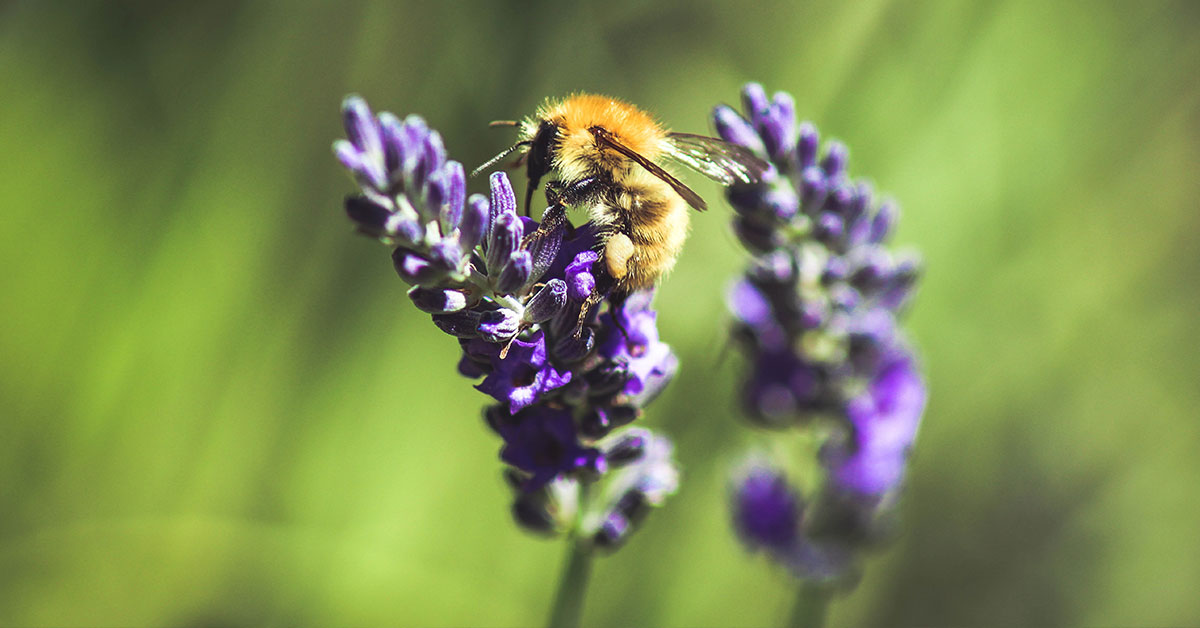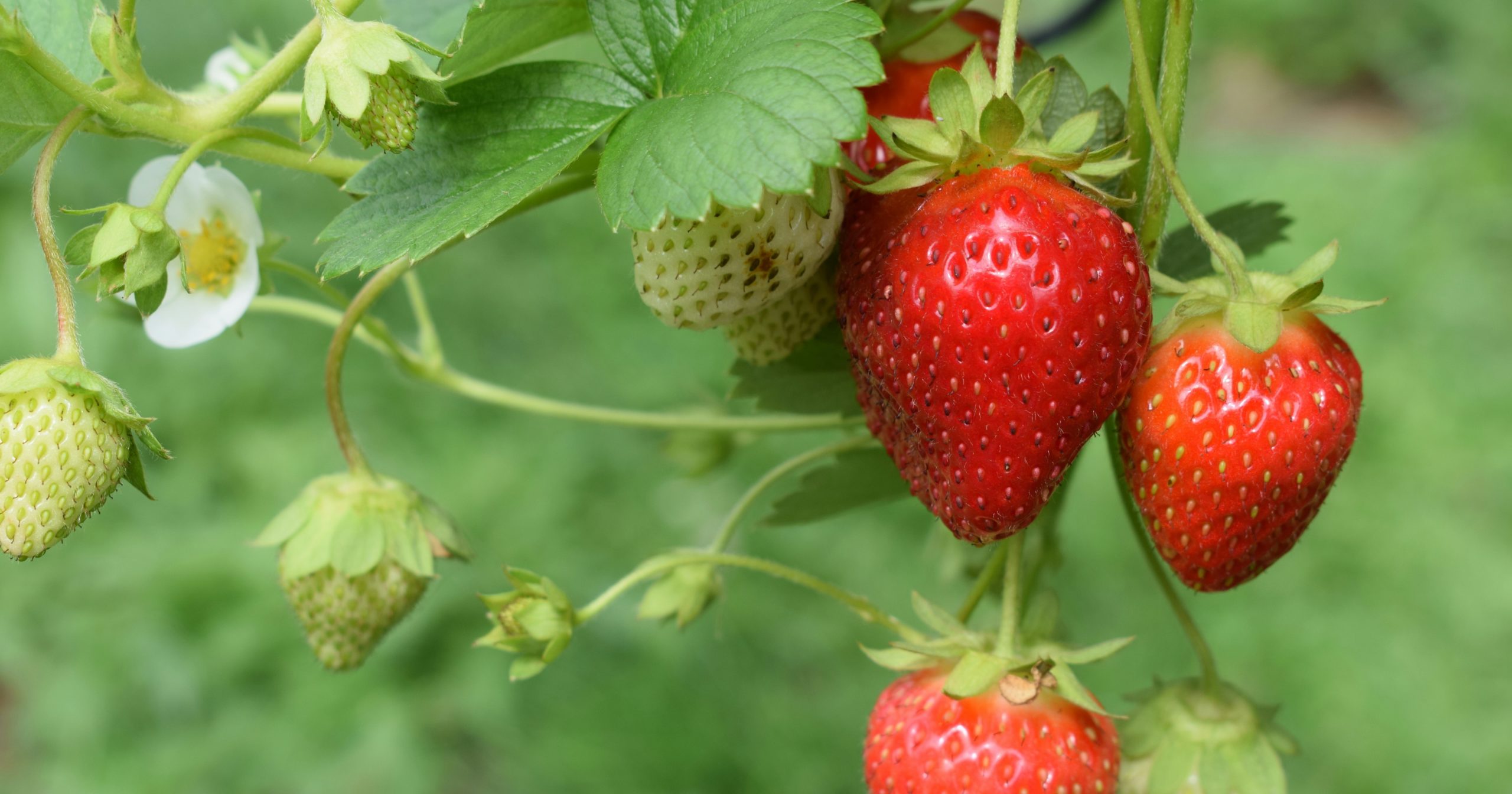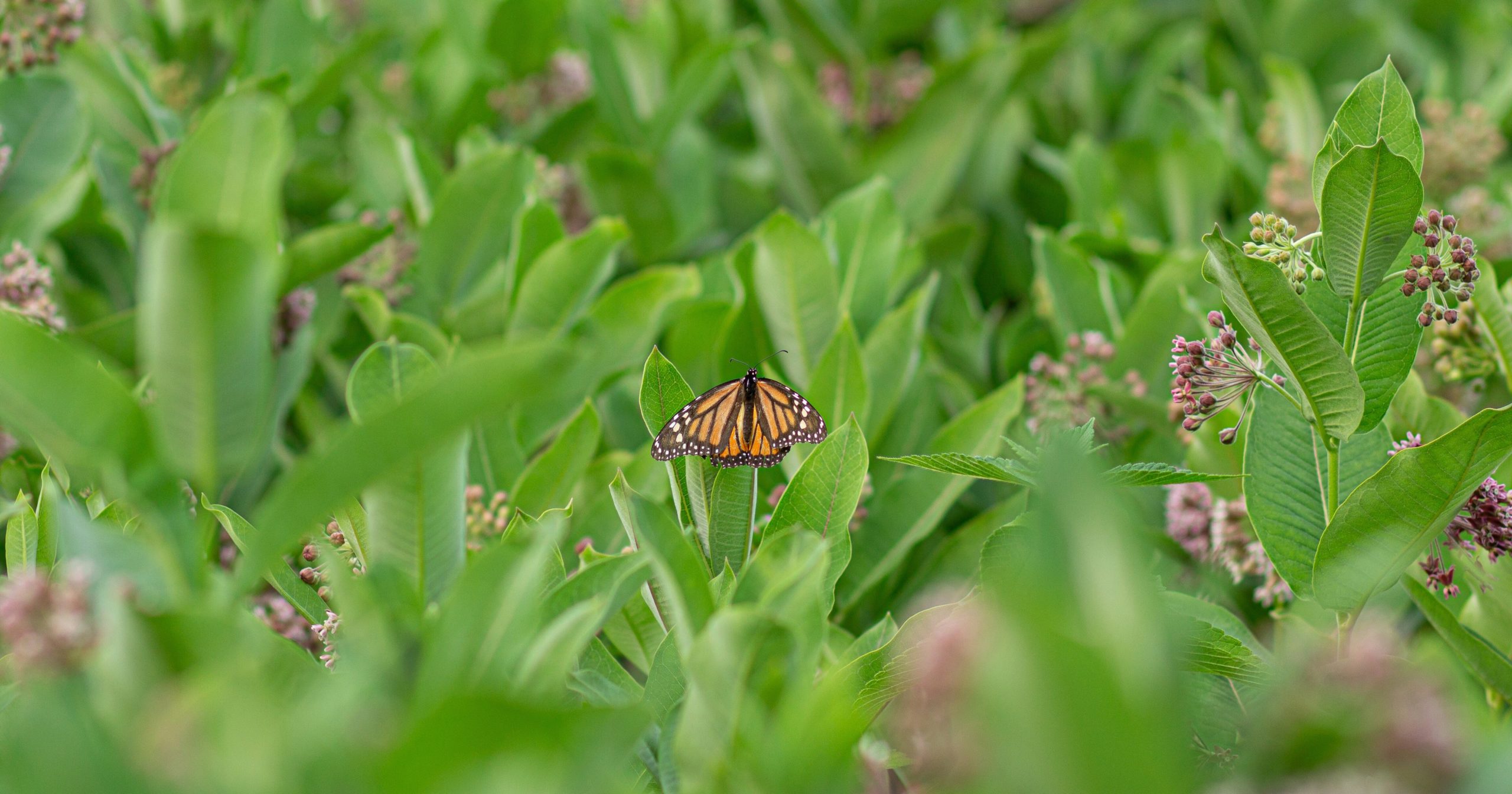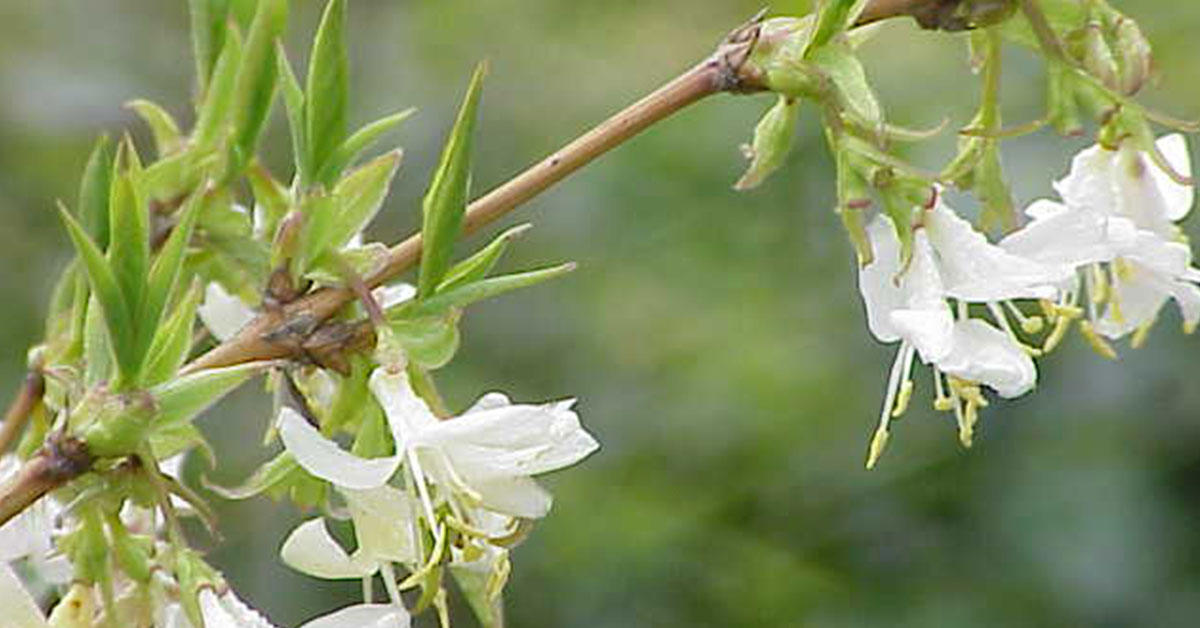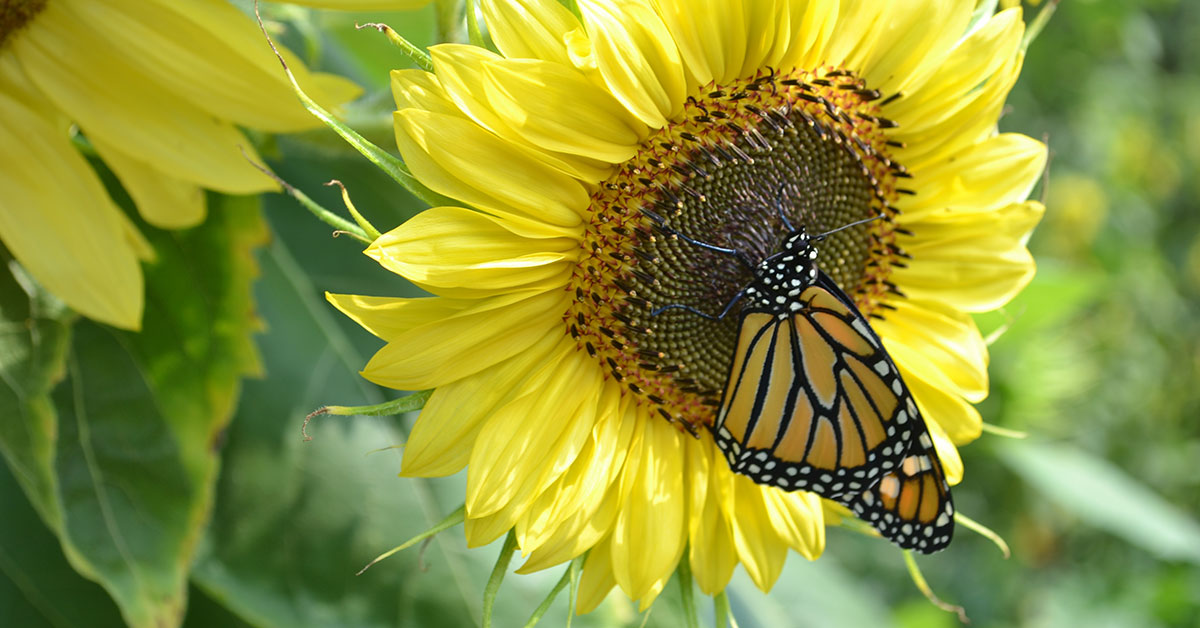Welcome to our comprehensive guide on the best fruit trees to grow in New Hampshire! With its unique climate and growing conditions, New Hampshire offers a wonderful opportunity for fruit tree enthusiasts to cultivate a diverse range of delicious and nutritious fruits. Whether you are an experienced gardener or a beginner looking to embark on a fruitful journey, this article will provide you with valuable insights and recommendations on the most suitable fruit trees for your New Hampshire garden.
From hardy apple trees to delectable cherry varieties, we will explore the top choices that thrive in the Granite State’s temperate climate, ensuring a bountiful harvest for years to come. So, let’s dive in and discover the best fruit trees to grow in New Hampshire!
The best fruit trees to grow in New Hampshire
Best Fruit Trees to Grow in New Hampshire When it comes to growing fruit trees in New Hampshire, it is important to choose varieties that are well-suited to the region’s climate and growing conditions. The following **fruit trees** are known to thrive in New Hampshire and produce delicious fruits:
- Apple Trees: Apples are a classic choice for New Hampshire gardens. With their ability to withstand cold winters and adapt to a variety of soil types, apple trees are a reliable and rewarding option. Varieties such as McIntosh, Cortland, and Honeycrisp are popular choices for their flavorful and crisp fruits.
- Pear Trees: Pears are another excellent choice for New Hampshire gardens. They are hardy and can tolerate the state’s colder temperatures. Varieties like Bartlett, Anjou, and Bosc are known to do well in the region, producing juicy and sweet fruits.
- Cherry Trees: Cherries can thrive in New Hampshire, particularly the tart or sour cherry varieties. These trees are generally self-pollinating and can withstand colder temperatures. Popular tart cherry varieties include Montmorency and North Star, while sweet cherries like Bing and Rainier can also be grown with proper care.
- Peach Trees: Although peaches require slightly more attention and care, they can still be successfully grown in New Hampshire. Choosing cold-hardy varieties like Reliance, Redhaven, or Contender is crucial to ensure successful fruit production. Protecting the trees from late spring frosts is also important for a bountiful harvest.
- Plum Trees: Plum trees can thrive in New Hampshire’s climate, producing delicious fruits that are perfect for eating fresh or making preserves. Varieties such as Stanley, Methley, and Santa Rosa are well-suited to the region and can provide a good yield with proper care.
- Apricot Trees: While apricot trees can be more challenging to grow in New Hampshire due to their sensitivity to late spring frosts, some cold-hardy varieties like Moorpark and Sungold can still be successful. Providing protection during frost-prone periods and selecting appropriate planting locations can increase the chances of a fruitful harvest.
When selecting fruit trees for your New Hampshire garden, it is essential to consider factors such as hardiness, disease resistance, and pollination requirements. Consulting with local nurseries or agricultural extension services can provide valuable guidance on the best varieties for your specific location. With proper care, these fruit trees can thrive in New Hampshire, rewarding you with a bountiful harvest of delicious fruits.
Avoid growing these fruit trees in New Hampshire
When it comes to growing fruit trees in New Hampshire, it is important to choose varieties that are well-suited to the region’s climate and growing conditions. While there are several fruit trees that thrive in New Hampshire, there are also some varieties that should be avoided due to their inability to withstand the state’s colder winters and shorter growing season.
Citrus trees, such as oranges, lemons, and grapefruits, should generally be avoided in New Hampshire. These trees are native to warmer climates and require a longer growing season with milder winters. The cold temperatures and frosty conditions in New Hampshire can severely damage or even kill citrus trees, making them unsuitable for cultivation in this region.
Similarly, avocado trees should be avoided in New Hampshire. Avocado trees are tropical plants that require consistently warm temperatures and cannot tolerate frost or freezing temperatures. They are better suited for regions with a Mediterranean or subtropical climate.
Mango trees are another fruit tree variety that should be avoided in New Hampshire. Like citrus and avocado trees, mango trees are native to tropical and subtropical regions and require warm temperatures year-round. The cold winters in New Hampshire would not provide the necessary conditions for mango trees to thrive.
Lastly, banana trees should be avoided in New Hampshire. Banana trees are also tropical plants that require a warm and humid climate. They cannot tolerate freezing temperatures and would not survive the cold winters in this region.
While these fruit trees may not be suitable for cultivation in New Hampshire, there are plenty of other options that are better adapted to the state’s climate. Let’s explore some of the best fruit trees to grow in New Hampshire.
Fruit tree growing tips for New Hampshire
Growing fruit trees in New Hampshire can be a rewarding experience, as the state’s climate and soil conditions are suitable for a variety of fruit tree species. Here are some tips and best practices to help you successfully grow the best fruit trees in New Hampshire:
- Choose the right fruit tree species: When selecting fruit trees for your New Hampshire garden, consider cold-hardy varieties that can withstand the state’s harsh winters. Some of the best fruit trees to grow in New Hampshire include apple trees, cherry trees, peach trees, pear trees, and plum trees. These species have proven to thrive in the state’s climate.
- Select disease-resistant varieties: New Hampshire’s humid summers can create favorable conditions for various fruit tree diseases. To minimize the risk of diseases, choose disease-resistant varieties when available. Disease-resistant fruit trees are less susceptible to common diseases such as apple scab, fire blight, and peach leaf curl.
- Plant in the right location: Fruit trees require a location that receives full sun for at least six to eight hours a day. Choose a spot in your garden that is well-drained and has good air circulation. Avoid low-lying areas that may collect frost or cold air pockets, as this can damage the trees during winter.
- Prepare the soil: Before planting your fruit trees, it’s essential to prepare the soil properly. Conduct a soil test to determine its pH level and nutrient content. Most fruit trees prefer a slightly acidic soil with a pH range of 6.0 to 6.8. Amend the soil with organic matter, such as compost or well-rotted manure, to improve its fertility and drainage.
- Planting and spacing: Follow the recommended planting guidelines for each fruit tree species. Generally, dig a hole that is wide and deep enough to accommodate the tree’s root system. Ensure that the graft union (the swollen area where the tree was grafted onto the rootstock) is above the soil line. Proper spacing between trees is crucial to allow for adequate air circulation and sunlight penetration, which helps prevent diseases and ensures optimal fruit production.
- Provide regular watering: Fruit trees require consistent moisture, especially during their establishment period. Water newly planted trees deeply and regularly, ensuring the soil remains evenly moist but not waterlogged. Once established, fruit trees generally require about 1 inch of water per week, either through rainfall or supplemental irrigation.
- Pruning and training: Pruning is essential for maintaining the health and productivity of fruit trees. Prune your trees during the dormant season (late winter or early spring) to remove dead, damaged, or diseased branches. Additionally, thinning the canopy allows for better air circulation and sunlight penetration. Proper training, such as shaping the tree’s structure and encouraging strong scaffold branches, is also important during the early years.
- Pest and disease management: Monitor your fruit trees regularly for signs of pests and diseases. Common pests in New Hampshire include apple maggots, codling moths, and plum curculios. Implement integrated pest management (IPM) strategies, such as using pheromone traps, applying organic insecticides, or introducing beneficial insects, to manage pest populations. Regularly inspect your trees for signs of diseases, and promptly address any issues with appropriate fungicides or cultural practices.
By following these tips and best practices, you can successfully grow the best fruit trees in New Hampshire and enjoy a bountiful harvest of delicious homegrown fruits. Remember to stay informed about specific care requirements for each fruit tree species you choose to cultivate.
